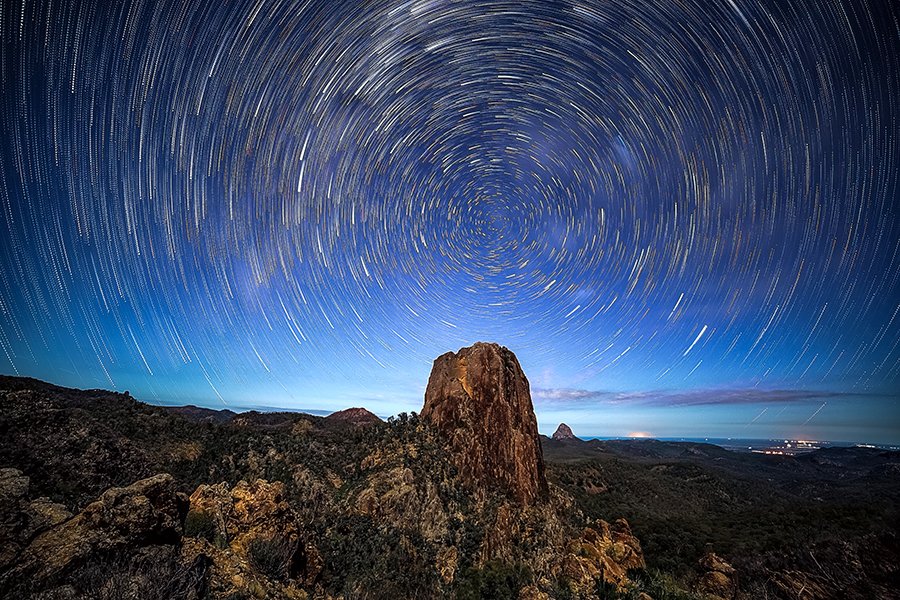
Night under the stars
In the southern hemisphere, aiming a camera south creates a star trail with concentric circular streaks centred on the south celestial pole.

In the southern hemisphere, aiming a camera south creates a star trail with concentric circular streaks centred on the south celestial pole.
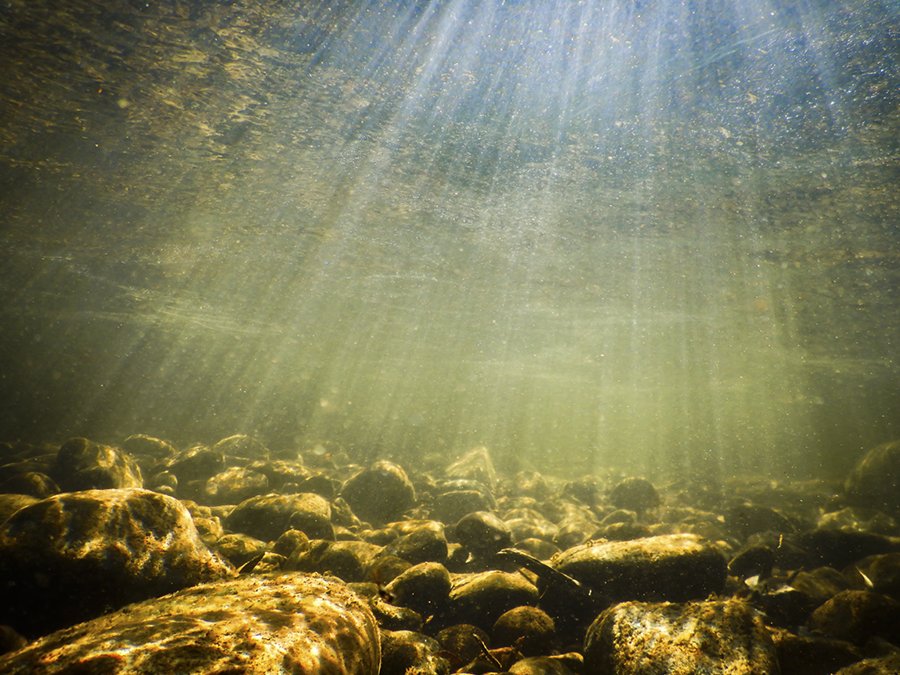
It is thought that the name ‘Kiewa’ is derived from an Aboriginal word meaning ‘sweet water’, which is certainly something that springs to mind when looking at this week’s reader photo.

Sacred kingfishers forage mainly on the land, feeding on crustaceans, reptiles, insects and their larvae and, occasionally, fish.
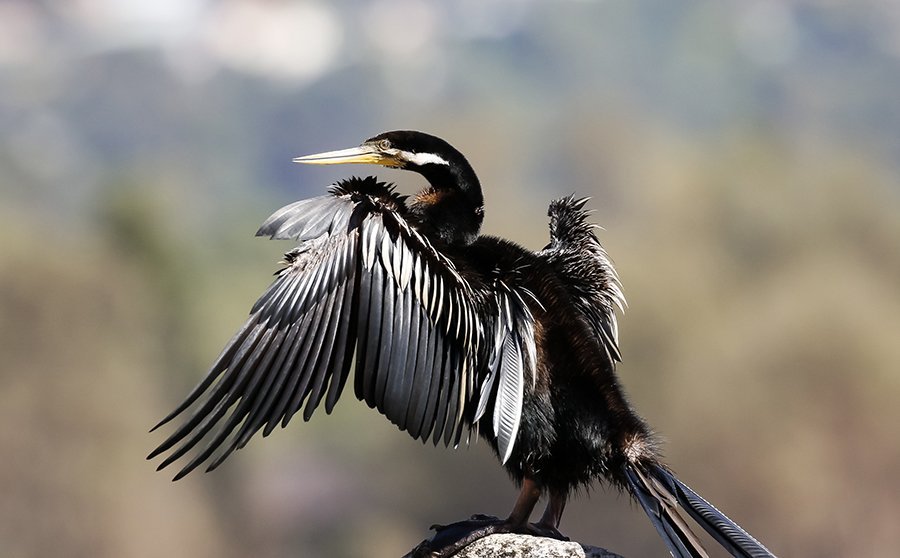
Unusually for a water bird, darter’s feathers are not water repellent and need to be dried out before taking flight to reduce weight and conserve energy.
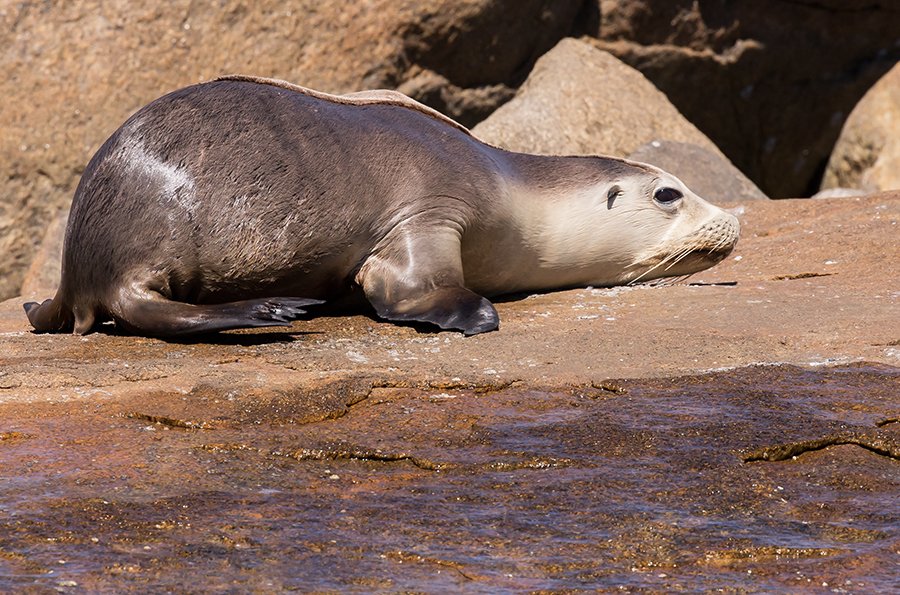
Australian sea lions (Neophoca cinerea) are the world’s rarest seal species, only found on the shores of our lucky country – about 30% of the population in Western Australia and 70% in South Australia.

Forests east of Melbourne are home to a huge population of mountain ash (Eucalyptus regnans), the world’s tallest flowering tree.
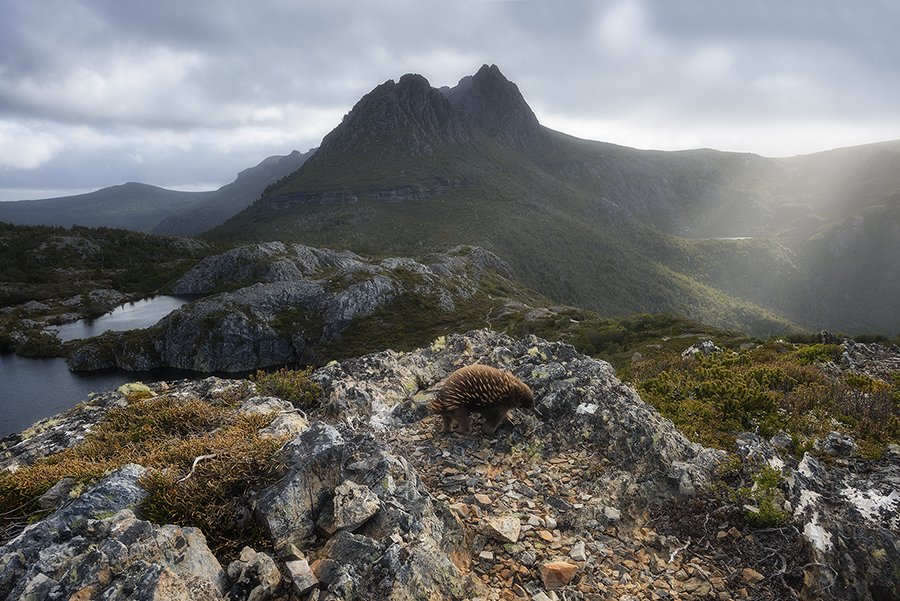
An echidna roams free atop Hanson’s Peak in Cradle Mountain National Park, Tasmania.
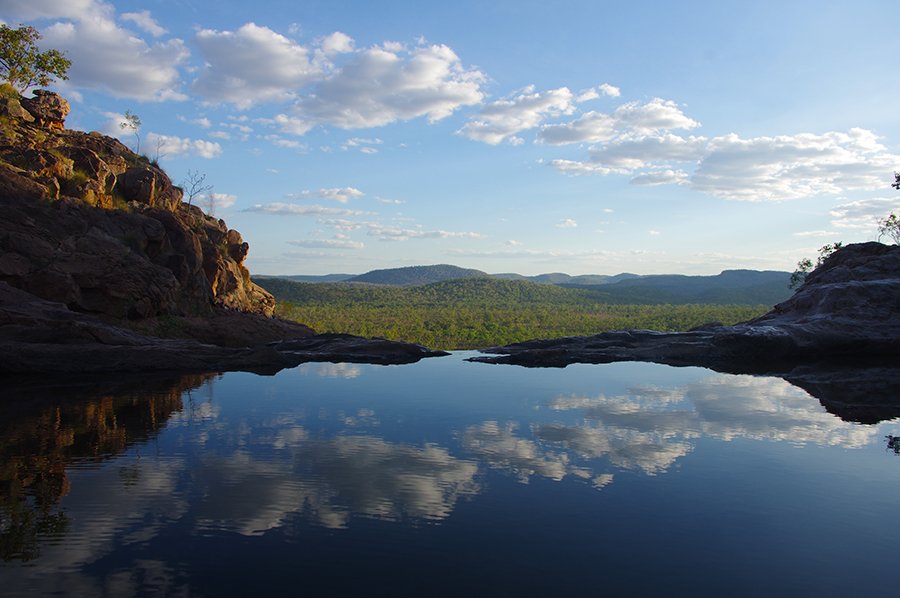
A misplaced sunset resulted in this stunning capture of Gunlom plunge pool, located on Waterfall Creek in World Heritage-listed Kakadu National Park.
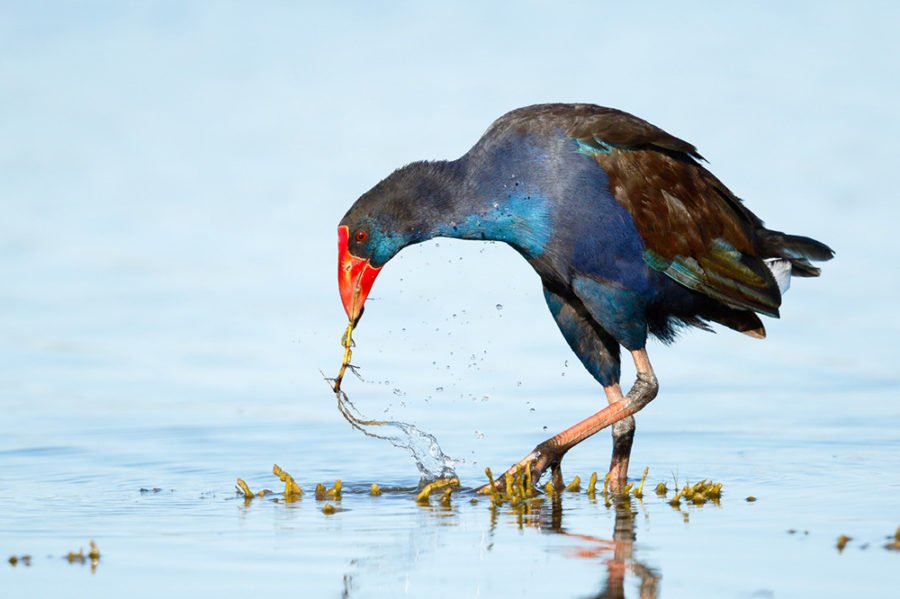
Patience and persistence were the key elements behind capturing this stunning shot.

Frill-necked lizards are known for ‘deimatic’ displays, in which the frills on either side of their head fan out, the mouth opens wide and the body is raised to appear larger and threatening.